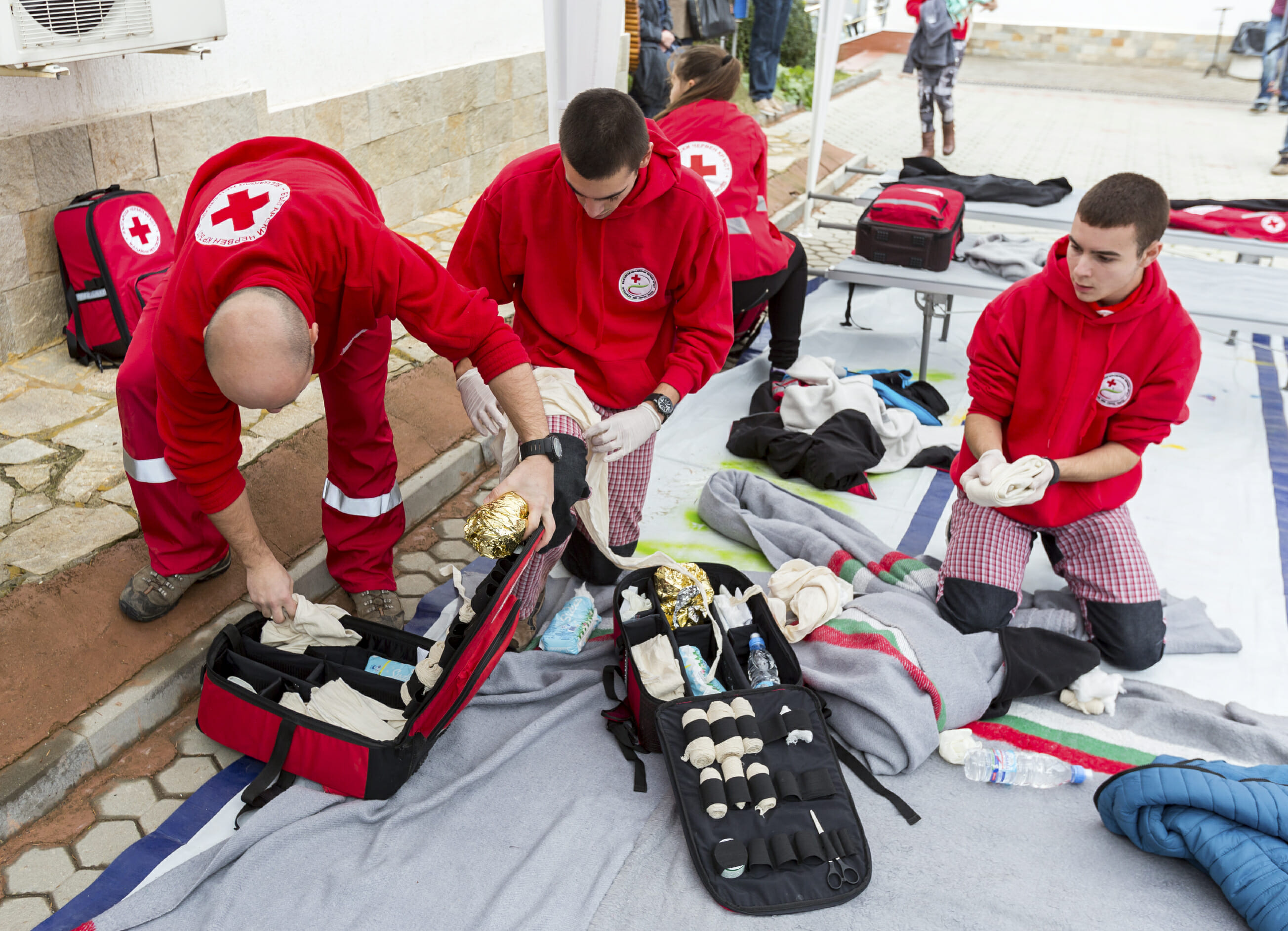With so many disasters in recent years—often with little warning and in unexpected locales, make protecting your building and tenants a top priority. Not only is it critical to keep the four walls, roof, and basement secure from earthquakes, tornadoes, hurricanes, floods, lightning, and blizzards, but also the fallout from loss of power. In addition, fires can roar through an entire building.
Far more important than the building and contents are the lives within—people and pets. Have an emergency exit plan in place that everyone practices yearly.
Nobody wants to think about worst-case scenarios, but if you ask anyone managing a property who lived in the path of natural disasters like Hurricane Sandy or the blizzards in Boston this past winter, they’re likely to share what they wish they had done in advance.
5 Key Considerations for Your Disaster Preparedness Plan
Structural Emergency Preparedness
If you’re not great at DIY projects, bring in a contractor to assess a building’s condition yearly. Check the roof to be sure it can withstand dense snow and heavy winds—if in doubt, revisit images of more than 160 collapsing roofs in Boston.
Then, there’s hail, rain, and ice dams to contend with. Gutters and downspouts must be adequate for waters to flow; glazing should thwart heavy wind, rain, and flying debris, possibly with window film for extra precaution; foundations should block hurricane waters from entering, and an interior lower-level room without windows is safest to gather in during a tornado.
There are also “safe” rooms that can be installed if you manage a large building or several in the same community. One example: DuPont TM StormRoomTM sells and installs a unit anchored to a cement slab that can be arranged in multiple groupings, wired, fitted for plumbing, receive Wi-Fi signals to maintain communication, and withstand tornadoes and category-5 hurricanes.
Also, make sure to invest in a generator to maintain power.
Fire Safety
Take steps to avoid fire in common areas and private residences by having updated electric wiring that meets code and reminding everyone of fire-safety basics—blow out flickering candles and shut off cooking flames when nobody’s around.
Fire disasters are hugely destructive. According to the latest 2013 statistics from the National Fire Protection Association, 369,500 fires or 76 percent of all structure fires occurred in 1- and 2-family homes and apartments.
NFPA’s website offers tips you can print and share, including where to place smoke alarms, how to use a fire extinguisher, and what type of sprinkler system to install. But it’s not just fire that kills; smoke inhalation can if you don’t know when and how to evacuate.
Insurance Coverage
The materials used in construction and the size of the building will affect the insurance price. The type of building—condo, cooperative, or rental—also may dictate different needs. As a property manager, maintain adequate insurance for general and professional liability coverage, says Michael M. Silverman, CLU, ChFC, CIC in New York.
“If the building is located in an area prone to floods and earthquakes, additional policies may be required or advisable (for homeowners), though they can be costly and sometimes difficult to secure,” says Greg Raab, director of operations, Adjusters International, a public insurance adjusting organization.
Tenants also need renters insurance, preferably a policy that reimburses them for replacement costs versus actual cash value, says Raab. Both you and your tenants should inventory contents, update appraisals, save big-ticket receipts, and snap photos for record keeping, and store them on a computer, the cloud, or off-site for safety. Damage should be recorded ASAP, though only once everyone is safe, Raab says.
Prepare a Building Shelter
Organize a secure shelter on a lower level, in case individual units can’t be occupied. Here are some tips for doing so:
- Disaster-kit supplies recommended by in this guide by FEMA and by the Red Cross feature such essentials as 1 gallon of water per person per day for at least three days, replaced every six months, battery-powered radio with extra batteries, flashlight with extra batteries, garbage bags, wrench or pliers to turn off utilities, fire extinguisher, matches, portable fans, blankets, and so on.
- A first-aid kit needs to be adjusted to handle the number of tenants in the building or community. The Red Cross recommends adhesive bandages in assorted sizes, antibiotic ointment packets, oral thermometer, first-aid instruction booklet, and more.
- Emergency food supplies including non-perishable canned foods with adequate protein should be available for at least three days for people and pets. Also, have available a hand-operated can opener, dishes, and utensils. Discard expired food periodically.
- Sleeping blankets and cots make life more comfortable, even for a day. Add old-fashioned entertainment for distraction such as board games.
- Extra precautions to consider include learning how to perform CPR, which you can do so online. If you need to evacuate, know the location of a nearby mass shelter, and if it accepts pets.
Advise Residents to Prepare in Advance
If tenants stay put:
- Medications stored in a plastic waterproof bag, along with pharmacy
- Financial and health documents available on a smartphone or tablet for retrieval
- Daily stuff, such as candles, matches, water, canned foods, can opener
- Change of clothing for family members packed in an accessible bag, if a quick getaway becomes necessary
It might be a cliché, but when it comes to disaster preparedness, being safe is far better than sorry.
Are there any special preparations you have in place to protect your tenants and property? Let us know in the comments section below.
Read more on Maintenance

